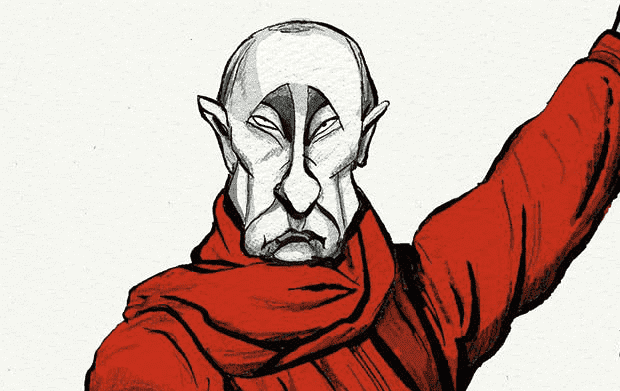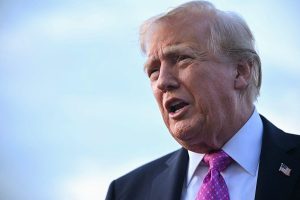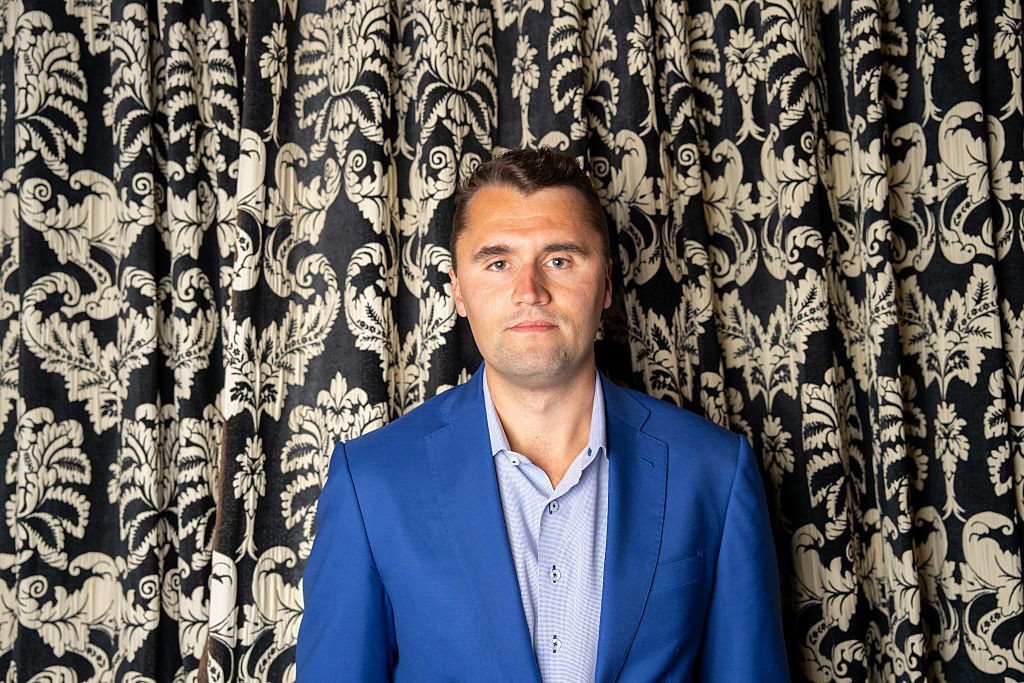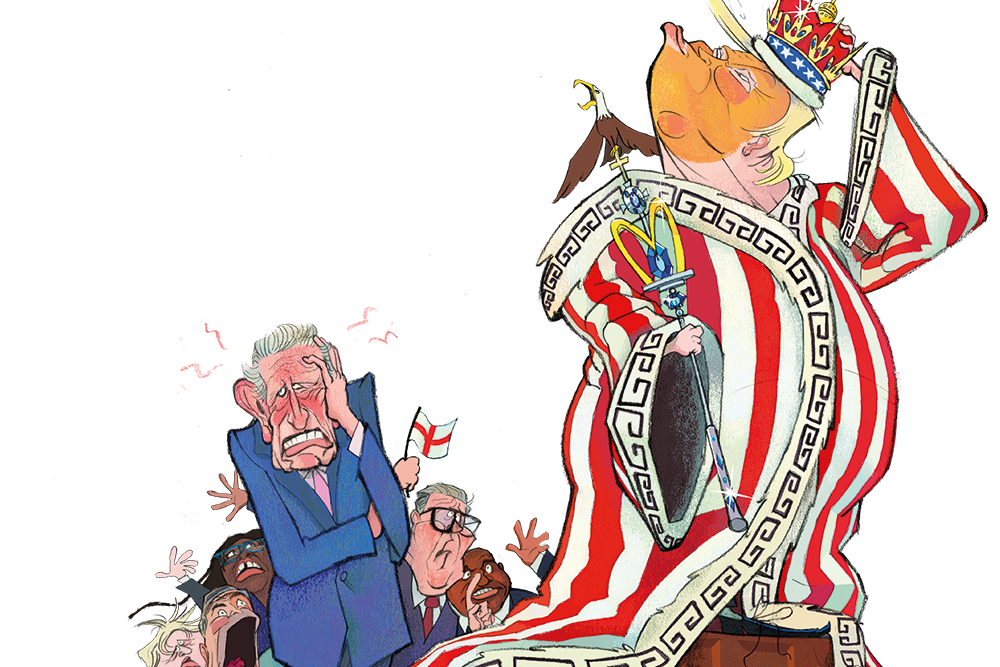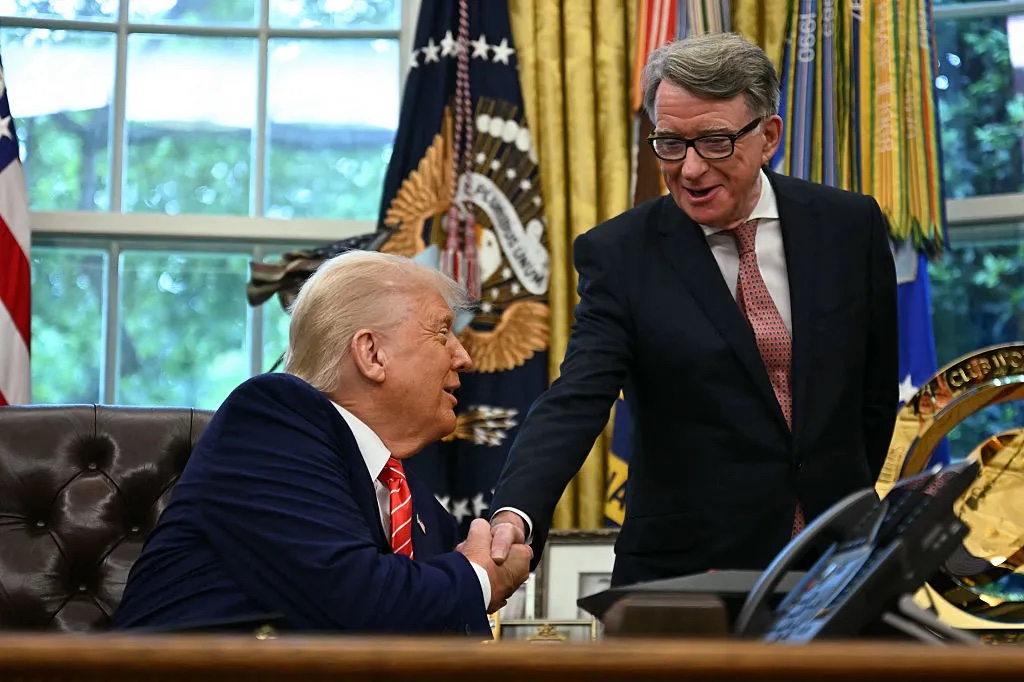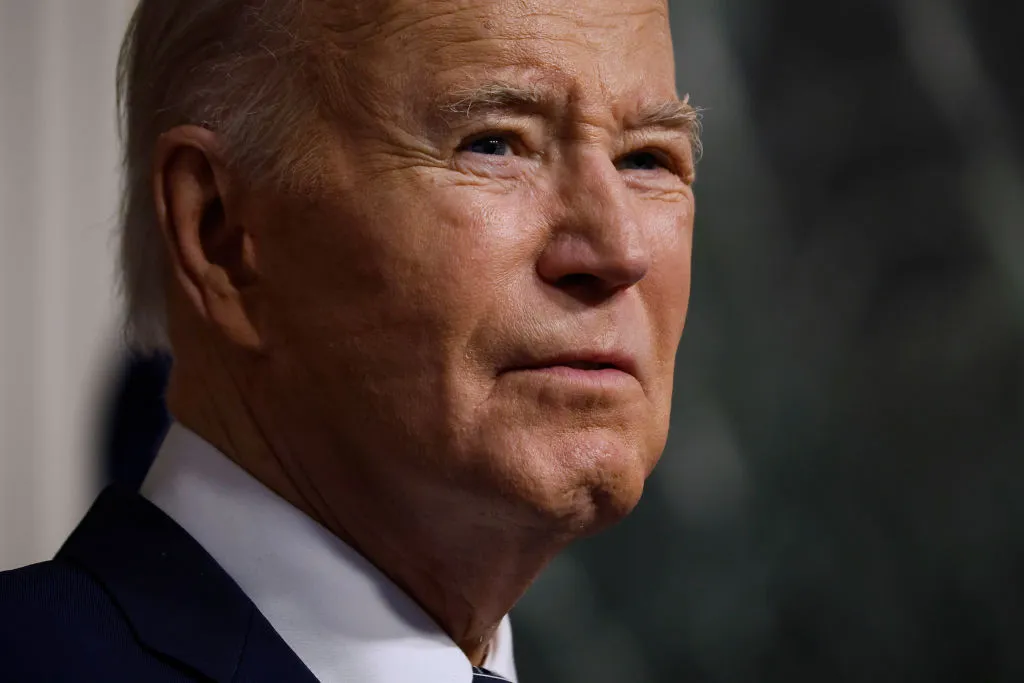It was Groundhog Day in Istanbul’s Ciragan Palace. On one side of the grand conference room sat a long row of slab-faced young Russian apparatchiks, their faces unknown to all but the most dedicated Kremlinologists. On the other, a rather more high-powered and macho group of Ukrainians, many in NATO-regulation military fatigues, filed in to waste another day of their time. During Monday’s hour-long session no substantial issues were discussed, no talking points were even touched upon, no path to peace was opened.
Despite high hopes, the Istanbul peace process seems, so far, to be stillborn. Even after weeks and months of high-level diplomacy by Donald Trump and his envoys, neither Russia nor Ukraine have shifted their hard-line positions. Or in the language of poker – which Trump so crassly referred to when he accused Volodymyr Zelensky of having “no cards to play” during their disastrous Oval Office meeting in February – neither Moscow nor Kyiv is yet ready to fold, cash out and bank their winnings or losses.
There was one notable difference, though, between the atmosphere of Monday’s talks and those of a week previous. The Russian delegation was distinctly tight-lipped and granite-faced in the wake of news that Ukrainian drones had penetrated deep into Siberia and the Arctic and destroyed a reported 41 Russian strategic bombers worth some $7 billion.
The extraordinary Ukrainian raid marked, in many ways, a new chapter in the annals of asymmetric warfare. And even as more sober forensic analysis has knocked down the butcher’s bill to a less magnificent sounding 12 bombers destroyed rather than 40, there are surely more such strikes to come. Not to mention a slew of targeted assassinations of senior Russian military officers carried out by paid patsy agents who unwittingly brought suicide bombs disguised as presents or cameras right to their targets.
From the Kremlin’s point of view, the talks in Istanbul are not for seeking a peaceful compromise, but rather, as former president Dmitry Medvedev bluntly put it, to achieve Russian victory and the ‘complete extermination of the neo-Nazi’ regime in Kyiv
But Ukraine’s small triumph – a welcome bright spot in an otherwise unrelenting torrent of military setbacks – also marks another turning point. Since Trump’s inauguration, Kyiv has been steadily browbeaten by Washington, and by Trump himself, into dismantling one red line after another in the interests of getting a peace process underway. Moscow, on the other hand, has faced no such pressure. But in Istanbul today it was revealed that the worm has turned, and that Ukraine is refusing to simply capitulate as Putin – backed, effectively, by Trump – has ordered it to.
Specifically, the Ukrainian delegation in its position paper explicitly kept three key demands that the Trump administration has been pressing to exclude: continued insistence on eventually joining NATO, an international peacekeeping force on the ground to include NATO forces and reparations from Russia for war damages.
To Moscow, all three of those are absolute, non-negotiable deal-breakers.
The equally bad news is that the Kremlin’s latest talking points are equally hard-line and just as unachievable. Putin’s demands fall into four broad categories. One is territorial, with the Kremlin demanding Ukraine withdraw fully from the four partially occupied regions (Donetsk, Luhansk, Kherson, Zaporizhzhia) claimed by Putin, and then formally recognize them as Russian territory. The second is military, with the Kremlin demanding permanent Ukrainian neutrality and a pledge from NATO that Kyiv will never join – plus a ban on NATO troops on the ground and a cap on the size of Kyiv’s military. The third demand is cultural, with Russian being made an official language of Ukraine, confiscated properties returned to the Russian Orthodox Church and a ban on “glorification and promoting of Nazism and neo-Nazism,” including the dissolution of far-fight fighting units such as Azov. Russia’s final demands are economic, including the full lifting of all sanctions, restoration of all economic and diplomatic ties and the resumption of gas transit to Europe. Finally, and most insultingly, the Russian negotiators demand new elections in Ukraine and a new government before any long-term peace deal can be signed.
From the Kremlin’s point of view the talks in Istanbul are not for seeking a peaceful compromise, but rather, as former president Dmitry Medvedev bluntly put it, to achieve Russian victory and the “complete extermination of the neo-Nazi” regime in Kyiv.
So where does that leave Trump, who has signaled his frustration with the stalling talks and at Putin’s intransigence with increasing frequency over recent weeks. Zelensky’s chief of staff Andriy Yermak – dressed, unlike his boss, in a business suit rather than military fatigues – is traveling to Washington this week to try to rekindle US military support for his country’s war effort and to press the White House to apply some serious sanctions on Russia.
Yermak will doubtless attempt to prove that the airfield attacks show that the war isn’t really lost and that Ukraine still has cards to play. But it also seems that Kyiv launched the attacks without warning or consulting with Washington, which in itself marks a breach and a new, arms-length relationship with the nation that was once Ukraine’s closest operational ally. Yermak may argue that Russia’s nuclear-capable bombers, the Tu-95s, were deliberately left unharmed by the raids in order not to avoid a direct attack on Moscow’s nuclear strike capacity. But he will have his work cut out persuading MAGA voters – many of whom are angry at Ukraine’s campaign against the Russian Orthodox Church – that continuing to support the Zelensky regime is in the US’s best interests.
The first rounds of peace talks between Kyiv and Moscow in Minsk, Antalya and Istanbul in the first two months after Putin’s full scale invasion were held in secret behind closed doors. These talks, by contrast, could hardly be more public. “Now the positions are being leaked in real time,” says historian Sergey Radchenko at the Johns Hopkins School of Advanced International Studies. “Which means that they are not actual positions: just propaganda.”
Every day of talks will continue to be Groundhog Day until something changes on the ground. Kyiv hopes that will be Russian economic collapse, or a political backlash against ever more frequent deep-strikes against its military, energy and infrastructure targets. Putin hopes that a new ground offensive he is gathering in Sumy and Donbas will route the Ukrainian military, and is also banking on European disunity and indifference from the Trump administration. But for the time being both sides are still in a death-car race towards continued violence and mayhem, both convinced that pushing onwards will be less fatal than hitting the brakes.



